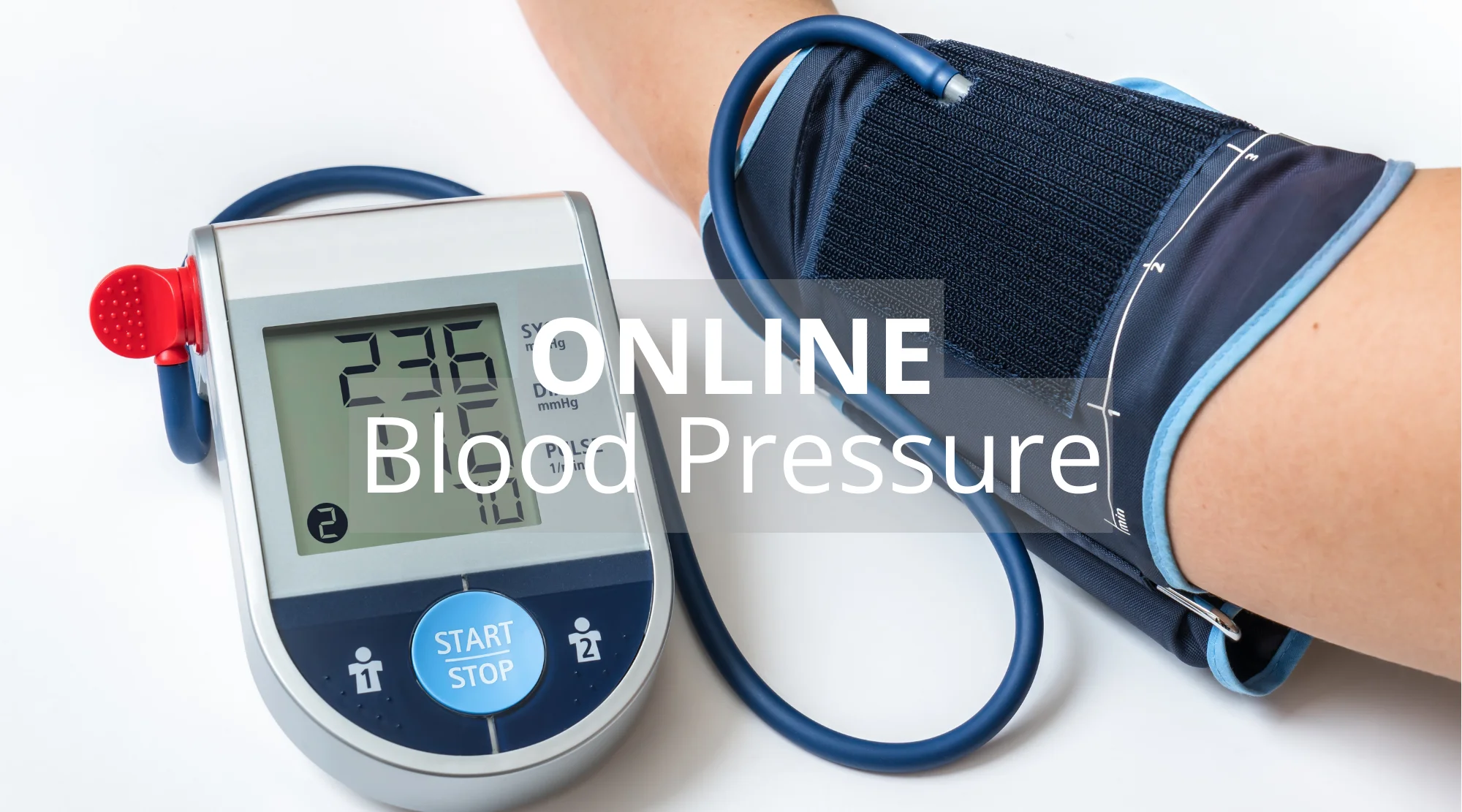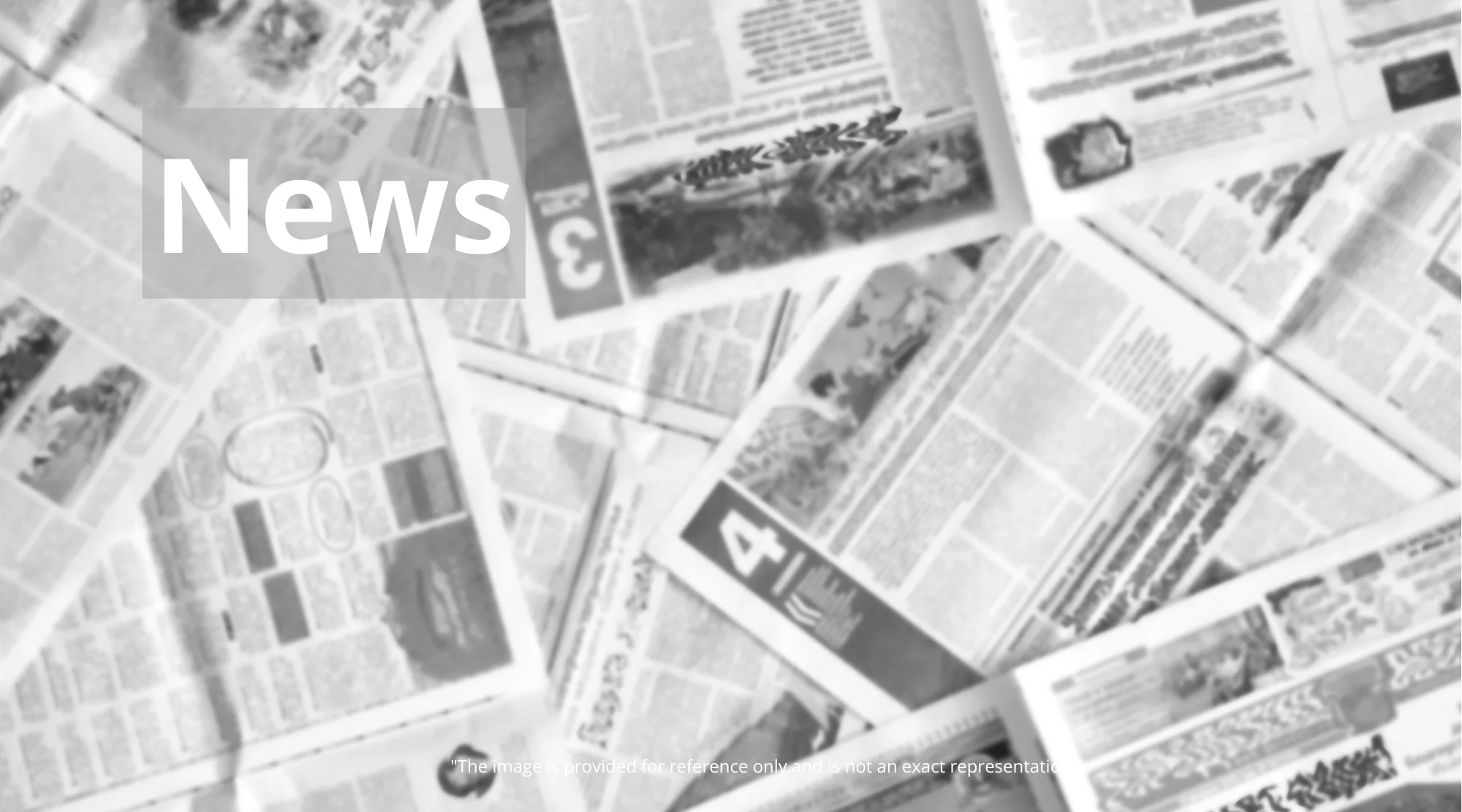Incorrect Blood Pressure Measurement: Why Online Images Can Mislead
Home blood pressure monitoring has become increasingly prevalent as a crucial aspect of proactive health management. Yet, as more individuals take their health into their own hands, a critical issue emerges: the accuracy of online resources. A recent study highlights a concerning trend, revealing that many online images demonstrating how to measure blood pressure are incorrect, potentially leading to inaccurate readings and, consequently, misguided health decisions. This article will delve into the importance of accurate blood pressure measurement, the pitfalls of relying on online visuals, and provide practical guidelines for ensuring precise readings at home.

Understanding the Importance of Accurate Blood Pressure Measurement
Accurate blood pressure measurement is paramount for several compelling reasons. First, it is a vital indicator of cardiovascular health. Blood pressure readings provide essential information about the force of blood against your artery walls, a key factor in assessing the risk of heart disease, stroke, and other cardiovascular ailments. Regular monitoring, especially for individuals with pre-existing conditions or risk factors, is crucial for early detection and effective management.
Second, accurate readings are indispensable for treatment decisions. Healthcare professionals rely on blood pressure data to diagnose hypertension (high blood pressure) and hypotension (low blood pressure), as well as to determine the appropriate course of treatment. Inaccurate readings can lead to misdiagnoses, inappropriate medication dosages, and potentially harmful health outcomes.
Third, the rise of home blood pressure monitoring emphasizes the need for precision. As more individuals take their blood pressure at home, the accuracy of their technique and the reliability of their equipment become even more critical. Ensuring that the methods employed align with established guidelines is essential to obtain trustworthy results, which are then shared with healthcare providers.
The Perils of Relying on Incorrect Online Images
The accessibility of online information has revolutionized health education, but it has also presented new challenges. While the internet provides a wealth of resources, it is also rife with misinformation and inaccurate content. The study referenced in the introduction underscores this problem by revealing that a significant percentage of online images depicting blood pressure measurement techniques are flawed.
Relying on incorrect visual guidance can lead to several detrimental consequences. First, it can result in flawed measurement techniques. Inaccurate visuals can mislead individuals regarding posture, arm positioning, device usage, and other critical aspects of the process. These errors can significantly influence the blood pressure readings obtained, potentially leading to over- or underestimation of actual blood pressure.
Second, inaccurate readings can jeopardize healthcare decisions. As mentioned earlier, health professionals depend on blood pressure data for diagnosis and treatment. If individuals are using incorrect techniques at home and sharing inaccurate readings with their healthcare team, it can lead to misguided decisions regarding medication, lifestyle changes, or other interventions.
Third, incorrect visuals can undermine the credibility of home blood pressure monitoring. If individuals are consistently obtaining inaccurate readings, they may lose confidence in the practice of home monitoring or may become discouraged from continuing. This can hinder early detection and effective management of cardiovascular conditions.
Key Errors Depicted in Online Images
The study identified several common errors frequently depicted in online images. These include:
- Incorrect Posture: The failure to sit upright with the back supported is a prevalent mistake. This posture is crucial to ensure accurate blood pressure measurement.
- Improper Arm Positioning: Many images show individuals not resting their forearm on a flat surface or table, which can compromise the accuracy of the measurement.
- Using Manual Devices: Utilizing manual self-pumping devices instead of electronic upper-arm devices is another common error, potentially leading to inaccuracies.
- Incorrect Foot Placement: Dangling feet instead of placing them flat on the floor is a frequently observed mistake.
- Inadequate Arm Positioning: Images that don’t show the mid-arm level with the heart are also inaccurate, leading to readings that might not be reliable.
- Interacting During Measurement: Talking while taking the reading can affect the accuracy of the results.
- Leg Positioning: Sitting with crossed legs is another frequently noted error.
- Clothing Interference: Failing to place the blood pressure cuff directly on the bare arm is a prevalent mistake that can distort results.
- Inappropriate Position: Showing blood pressure measurement in standing or lying down positions instead of sitting can lead to inaccuracies.
These errors highlight the importance of seeking guidance from reliable sources and verifying techniques.
Best Practices for Accurate Home Blood Pressure Measurement
To ensure accurate blood pressure readings at home, consider these key practices:
Choosing the Right Equipment
The first step toward reliable blood pressure monitoring is choosing a validated, accurate device. The American Heart Association (External Link: https://www.heart.org/en/) and other reputable organizations recommend using an upper-arm blood pressure monitor (rather than a wrist monitor) because they are typically more accurate. Select a device that has been clinically validated and is the appropriate cuff size for your arm.
Preparing for Measurement
Before taking your blood pressure, prepare yourself and your environment. Avoid caffeine, nicotine, and exercise for at least 30 minutes before the measurement. Empty your bladder, and rest quietly for five minutes before beginning. Find a comfortable chair with a back support and a flat surface to rest your arm on.
Proper Technique
Correct technique is vital for accurate results. Sit with your back straight, feet flat on the floor, and your arm supported at heart level. Place the cuff directly on your bare arm, ensuring it fits snugly but not too tightly. Position the lower edge of the cuff about 1 inch above your elbow crease. Follow the instructions of your specific device, and take multiple readings, spacing them a few minutes apart. Take the average of these readings to obtain a more accurate result.
Recording and Sharing Results
Keep a record of your blood pressure readings, including the date, time, and any relevant information, such as medication or activity level. Share your readings with your healthcare provider during your regular appointments. This information will help your provider assess your cardiovascular health and adjust your treatment plan as needed.
Additional Factors Influencing Accuracy
Beyond the correct technique and equipment, several other factors can influence the accuracy of blood pressure readings:
Stress and Anxiety
Stress and anxiety can temporarily elevate blood pressure. It is essential to create a relaxed environment and avoid stressful situations before taking a measurement. If you are feeling anxious, take a few deep breaths and allow yourself to calm down before proceeding.
White Coat Hypertension
Some individuals experience a temporary increase in blood pressure when they are in a clinical setting, a phenomenon known as “white coat hypertension.” Home blood pressure monitoring can help identify this condition and provide a more accurate assessment of blood pressure over time.
Medications and Substances
Certain medications and substances can affect blood pressure. Inform your healthcare provider of all the medications you are taking, including over-the-counter drugs and supplements. Avoid caffeine and nicotine before taking a reading, as they can temporarily elevate blood pressure.
Lifestyle Factors
Lifestyle factors, such as diet and exercise, can also influence blood pressure. Maintain a heart-healthy lifestyle, including a balanced diet, regular physical activity, and stress management techniques, to support optimal blood pressure levels. For example, if you want to learn more about strength training, you can read this article from BeFullBeHealth: Strength Training for Seniors: 7 Common Mistakes to Avoid. Also, here is another interesting article: 30-Minute Walking Workout: Maximize Calorie Burn and Boost Joint Mobility.
Seeking Reliable Information and Resources
Given the prevalence of inaccurate online images, it is crucial to seek guidance from reliable sources when learning how to measure your blood pressure. Consult with your healthcare provider, who can demonstrate the proper technique and provide specific instructions tailored to your needs.
Additionally, explore resources from reputable organizations, such as the American Heart Association, the Centers for Disease Control and Prevention (CDC), and your local health authority. These organizations offer evidence-based information, educational materials, and guidelines for home blood pressure monitoring. You can find valuable resources and accurate instructions on their websites and educational materials.
Conclusion
The study underscores the importance of obtaining accurate blood pressure readings. By understanding the potential pitfalls of relying on online images and following the best practices for home blood pressure monitoring, individuals can obtain reliable results, making informed decisions about their health. Always consult with your healthcare provider for personalized guidance and to address any concerns about your blood pressure or cardiovascular health. Home blood pressure monitoring is a tool that, when used correctly, can promote better cardiovascular health. As home monitoring becomes increasingly common, it is essential to prioritize accuracy, seek reliable information, and consult with healthcare profes














1 comment